Diversity means different things to different boards: if yours is mainly white, male and middle-aged this means promoting women, ethnic minorities and youth for balance. Is this representative diversity or simply cosmetic tokenism? What is needed on most boards is diversity of opinion or viewpoint, encouraging mental as well as physical difference. But is this always really welcome?
Do some boards feel a gulf exists between management and workers so that this can’t work. In Germany and Sweden there are examples of worker representatives on boards, but this is not always encouraged in the UK or US. Is the boardroom off limits to ‘other ranks’, do the directors consider themselves an ‘officer class’ – the only ones capable of managing the business? Do some boards shun those with a different educational background as NQW3 – ‘Not-Quite-Who-We-Want’.
Diversity of perspective is vital to ensure that boards deliver optimal judgement calls on future outcomes, whether involving strategy or risk. One style of board or meeting format can lead to a common mindset prone to a narrow perspective. Most would deny succumbing to ‘groupthink’, but there will be either a tendency towards optimism bias or risk aversion at the very least. Diversity of opinion should provide an opportunity to challenge or question before moving hastily to agreement.
Alfred P Sloan Jr, the General Motors veteran, when informed that his management committee were all in complete agreement on a decision, proposed further discussion on the matter until the next meeting. This was to provide time for members to develop disagreement and more understanding of what the decision was about. Board consensus reached too easily suggests that decision impact has not been fully appreciated. ‘If you don’t see the risk then you haven’t looked hard enough’.
It can be argued that the non-execs on the board provide balance, but this only works if the executive members listen to them and heed their warnings. Too many NEDs claim to suffer the ‘Cassandra complex’ in that their sage counsel is ignored for having insufficient understanding of the day-to-day business. However, a good NED will often see risk to which the executive members are blind, and should offer challenge or contrarian views to neutralise or offset implicit cognitive bias.
The purpose of board-meeting, as seen through the eyes of the Chair, CEO or Company Secretary has a bearing on how it embraces diversity. If its purpose is simply to end the day with a positive press release or investor briefing, it is unlikely to welcome debate, especially on uncertainties such as future outcomes. An atmosphere of congeniality and consensus-seeking won’t welcome disruptor views that could waste valuable time if the sole aim is to create certainty for the press or investors.
Diversity is much in demand but like sustainability it is an ambiguous concept. Diversity of viewpoint will discourage cognitive bias like ‘groupthink’, optimism bias and risk aversion. A diverse board will be more risk aware and ultimately risk literate to the extent that will formulate strategy based on foresight rather than wishful thinking. Diverse mindsets are what is needed, but how receptive is your current board to encouraging this in practice?

